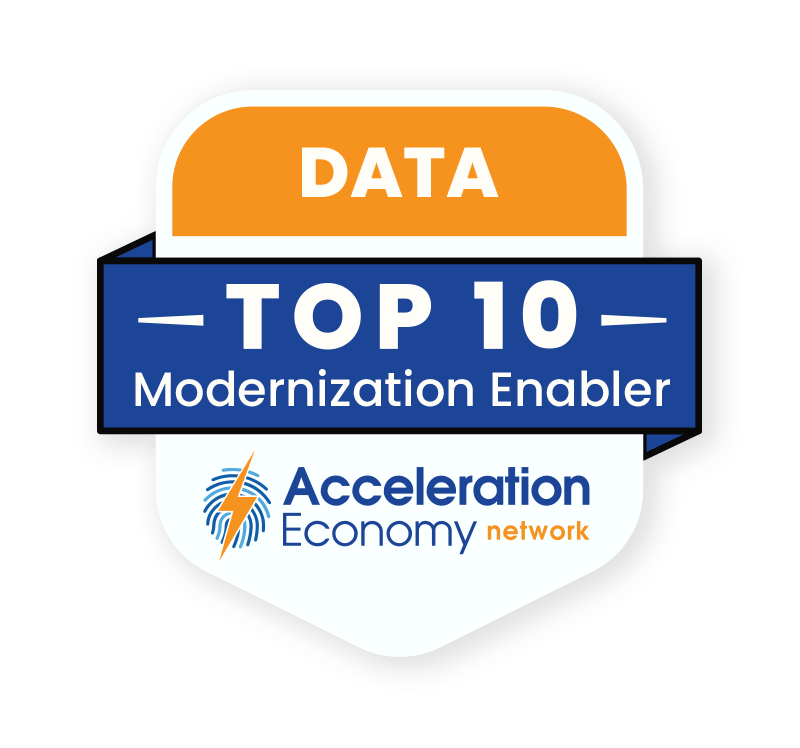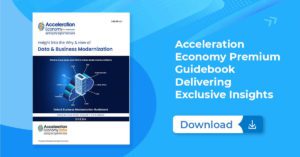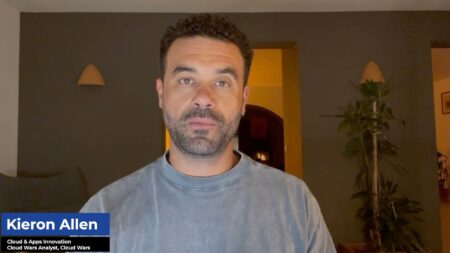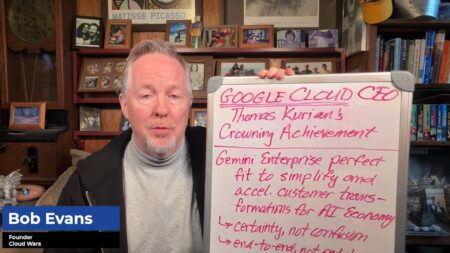
In episode 66 of the Data Modernization Minute, Wayne Sadin offers a method for CIOs to prioritize projects that makes it easier to explain their accomplishments to their organizations.
This episode is sponsored by Acceleration Economy’s Digital CIO Summit, taking place April 4-6. Register for the free event here. Tune in to the event to hear from CIO practitioners discuss their modernization and growth strategies.
Highlights
00:46 — Wayne has a model that’s worked for him as a CIO. When you look at your projects, you’ll realize they’re not all created equal and fall into different categories.
01:20 — First, there are strategic projects. “The boss said, ‘You got to do it.'” These are generally few in number. You don’t debate those, you just do them.
02:18 — The second category is what Wayne calls “regulatory/mandatory.” The government makes you do them. Those also don’t appear that frequently, though it depends on your industry. (Wayne had a lot of them in the mortgage industry.) They generally have a fixed date, according to what the government or your regulatory agency says.

Which companies are the most important vendors in data? Check out the Acceleration Economy Data Modernization Top 10 Shortlist.
03:29 — The third type is “break/fix.” “It broke, I gotta fix it.” (You can’t plan what you’re going to need to fix in months, but you can use historical data to anticipate what is needed to keep the system running.) The goal is to get the break/fix to zero, but that’s just an aspirational goal.
04:42 — The fourth category is everything else: digital optimization, innovation, business enhancement — every other project. These are the projects worth having thoughtful discussions over.
05:08 — The challenge is that if we put all of these categories of projects into one bucket, we start having discussions over whether or not we ought to implement this tax law change or if a boss’ decision needs to be prioritized, and so forth.
05:20 — This method gives you a much better vehicle to explain to the business unit, board, or C-suite why you’re accomplishing what you’re accomplishing, given the resources you’ve been presented with. And a lot of what we do as CIOs is communicate. Think of this as a framework to answer the question, “Why aren’t you doing my thing right now?”
Want more insights into all things data? Visit the Data Modernization channel:











